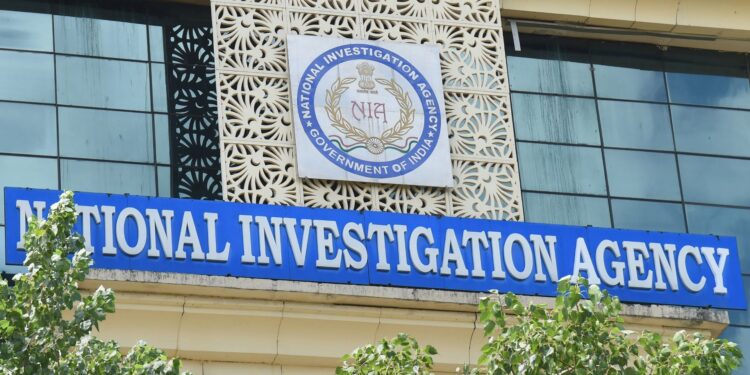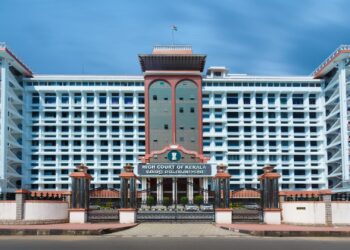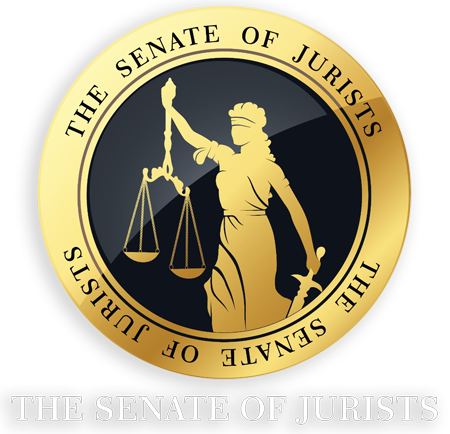As the case against Ankush Vipan Kapoor unfolds, it underscores the broader challenges in combating transnational drug trafficking and the intricate connections between the narcotics trade and national security threats. The Supreme Court’s ruling denying bail reinforces the legal framework that empowers the NIA to probe not only scheduled offences but also non-scheduled offences if they are linked to serious crimes, such as drug smuggling and terrorism financing.
Expansion of NIA’s Investigative Powers
The Supreme Court’s interpretation of Section 8 of the NIA Act marks a crucial development in the fight against organized crime. By allowing the NIA to investigate individuals accused of non-scheduled offences if their actions are connected to scheduled offences, the Court has granted the agency broader authority to probe networks involved in complex criminal activities. In Kapoor’s case, the alleged connection between his involvement in drug trafficking and a more extensive criminal syndicate is what allowed the NIA to extend its investigation into non-scheduled offences, strengthening the case against him.
The decision also highlights the importance of a cohesive approach to tackling organized crime, where individuals who may not be directly involved in the central crime but are essential to the operation—such as suppliers of precursor chemicals or logistics coordinators—are not exempt from investigation. This ensures that the entire network of criminal activity is targeted, leading to the dismantling of whole syndicates rather than just prosecuting individual perpetrators.
The Role of NIA in Transnational Crime
The NIA’s involvement in Kapoor’s case reflects the growing importance of specialized agencies in addressing cross-border criminal activity. With drugs like heroin being trafficked from Pakistan into India, often with the support of international criminal syndicates, the need for an agency with jurisdiction and expertise in handling such complex cases is critical. The NIA’s ability to investigate crimes that span multiple jurisdictions is vital in curbing the reach of global drug cartels.
The heroin smuggling operation at the heart of this case is a stark reminder of the scale of narcotics trafficking and the role that transnational syndicates play in fueling drug abuse, terrorism, and violence in India. These operations often involve multiple players from different countries, making coordination between law enforcement agencies, intelligence units, and judicial systems across borders essential. The NIA’s intervention in Kapoor’s case demonstrates its pivotal role in investigating and disrupting these networks, especially when the drugs involved are linked to terrorist activities and national security threats.
Drug Trafficking and National Security
Drug trafficking has long been associated with national security concerns, particularly when it intersects with terrorism. In Kapoor’s case, the NIA has alleged that the smuggling operation he was involved in was connected to a narco-terrorist syndicate led by Simranjeet Singh Sandhu. These syndicates not only threaten public health but also undermine state security by funding terrorism and destabilizing communities. The seizure of 500 kilograms of heroin—along with firearms and precursor chemicals—highlights the severity of the threat posed by such operations.
The NIA has been at the forefront of investigating narcotics cases that are linked to terrorism, with many drug cartels in India suspected of using the proceeds from drug trafficking to fund militant activities. This connection makes it essential for the NIA to have the power to investigate all individuals within a network, whether or not they are directly involved in the scheduled offences listed in the NIA Act. By dismantling the entire criminal syndicate, the NIA aims to cut off both the supply of illicit drugs and the financial resources that support terrorism.
Broader Societal Implications
The Court’s remarks on the rising drug abuse problem in India also draw attention to a growing public health crisis that is intricately linked to the criminal activities that the NIA is investigating. As drugs like heroin flood the market, the social and economic impact on communities, particularly among the youth, is devastating. The Court highlighted the link between substance abuse and violence, noting how profits from the drug trade are often used to fund terrorism, creating a cycle of crime and instability.
The Bench’s call for open dialogue on substance abuse and its plea for society to focus on rehabilitation rather than demonization is timely. With easy access to drugs and rising mental health challenges, young people in India are particularly vulnerable to falling into addiction. This vulnerability is often exacerbated by academic pressures, peer influence, and family issues, which the Court emphasized as contributing factors.
The Court’s statement that “affectionate conversation” between parents and children is needed to combat drug abuse stresses the importance of early intervention and prevention. By addressing substance abuse openly, society can work to break the stigma associated with addiction and offer better support systems for those affected. Furthermore, the Court’s focus on reforming rather than stigmatizing drug users reflects a broader shift towards a more compassionate and rehabilitative approach to tackling addiction.
Kapoor’s Case: Legal and Investigative Ramifications
The decision in Kapoor’s case is significant not only for the NIA’s role but also for the broader legal framework governing the investigation of criminal activities with national security implications. By allowing the NIA to probe non-scheduled offences linked to scheduled crimes, the Court has reinforced the importance of flexibility in legal interpretation when dealing with complex and evolving criminal enterprises. This ruling could set a precedent for future cases involving transnational crime syndicates, where a narrow interpretation of the law might otherwise impede investigations.
For Kapoor, the legal battle is far from over. With the Court denying his bail, he will remain in custody as the investigation progresses. The case has now attracted significant attention, not only due to the scale of the drug operation but also because it highlights the interconnections between drug trafficking, terrorism, and national security. The NIA’s continued investigation is expected to uncover further details about the larger conspiracy, including the role of other individuals involved in the syndicate.
As the legal proceedings move forward, Kapoor’s case will likely be a key example of how specialized agencies like the NIA can leverage broad investigative powers to disrupt complex criminal networks that threaten national security. Moreover, the case highlights the importance of public health and societal reform in addressing the root causes of substance abuse, which remain a significant challenge for India.
In the coming months, Kapoor’s case is likely to remain a focal point for both legal discussions and public debates surrounding the intersection of drug trafficking, terrorism, and the legal tools needed to combat such organized crime. The Court’s ruling on the NIA’s investigative powers, combined with its remarks on societal responses to drug abuse, ensures that the issue will continue to receive the attention it deserves from both the judiciary and the public.

















